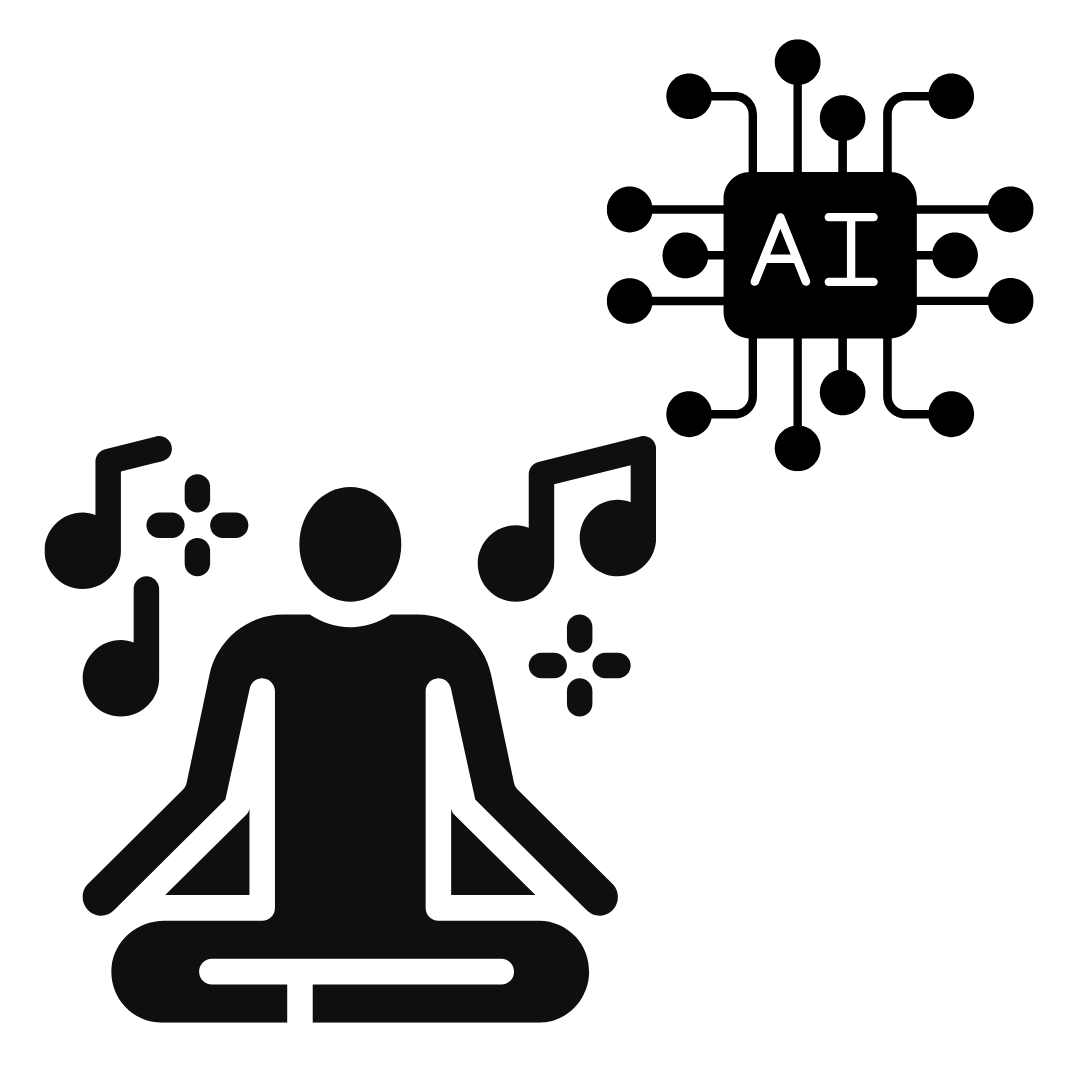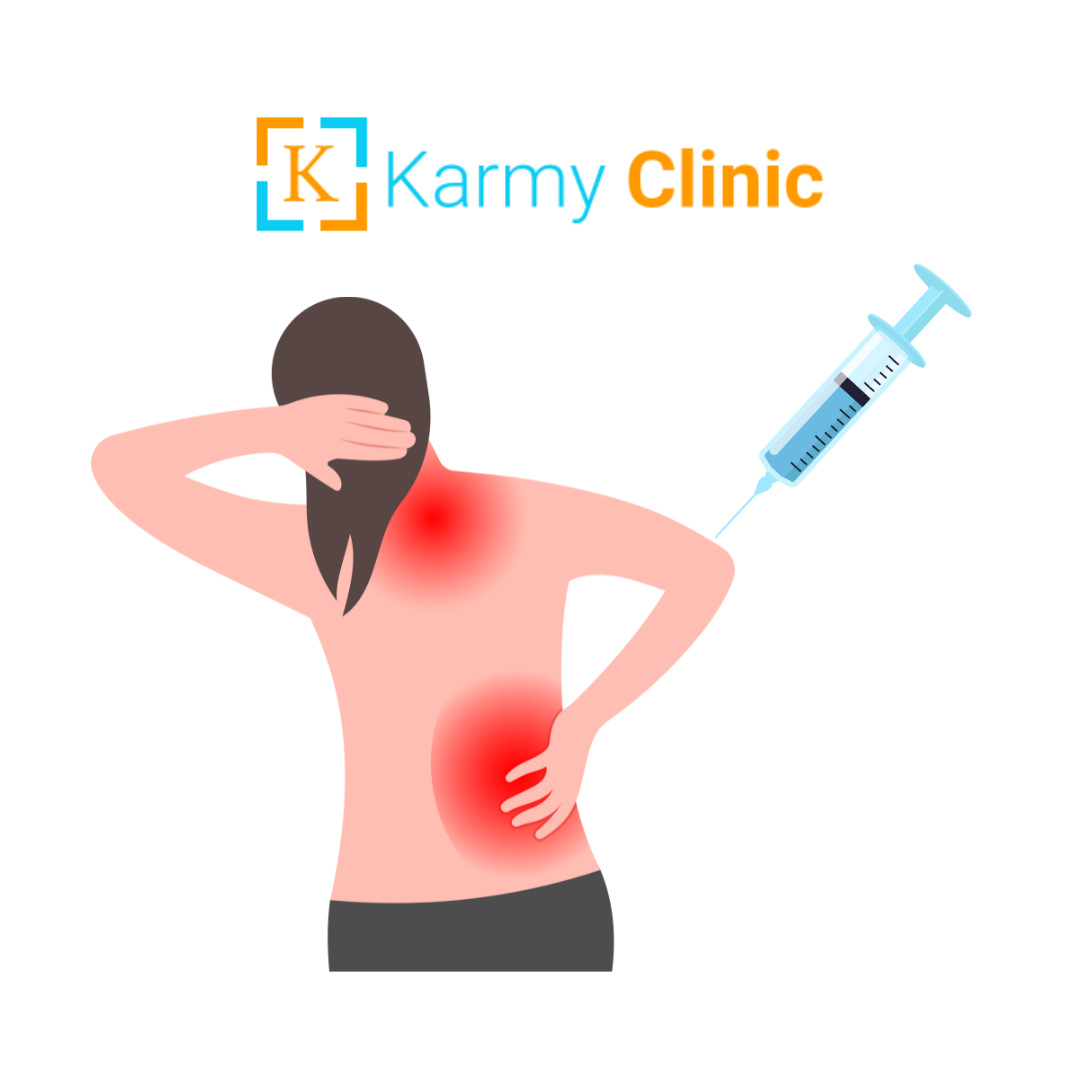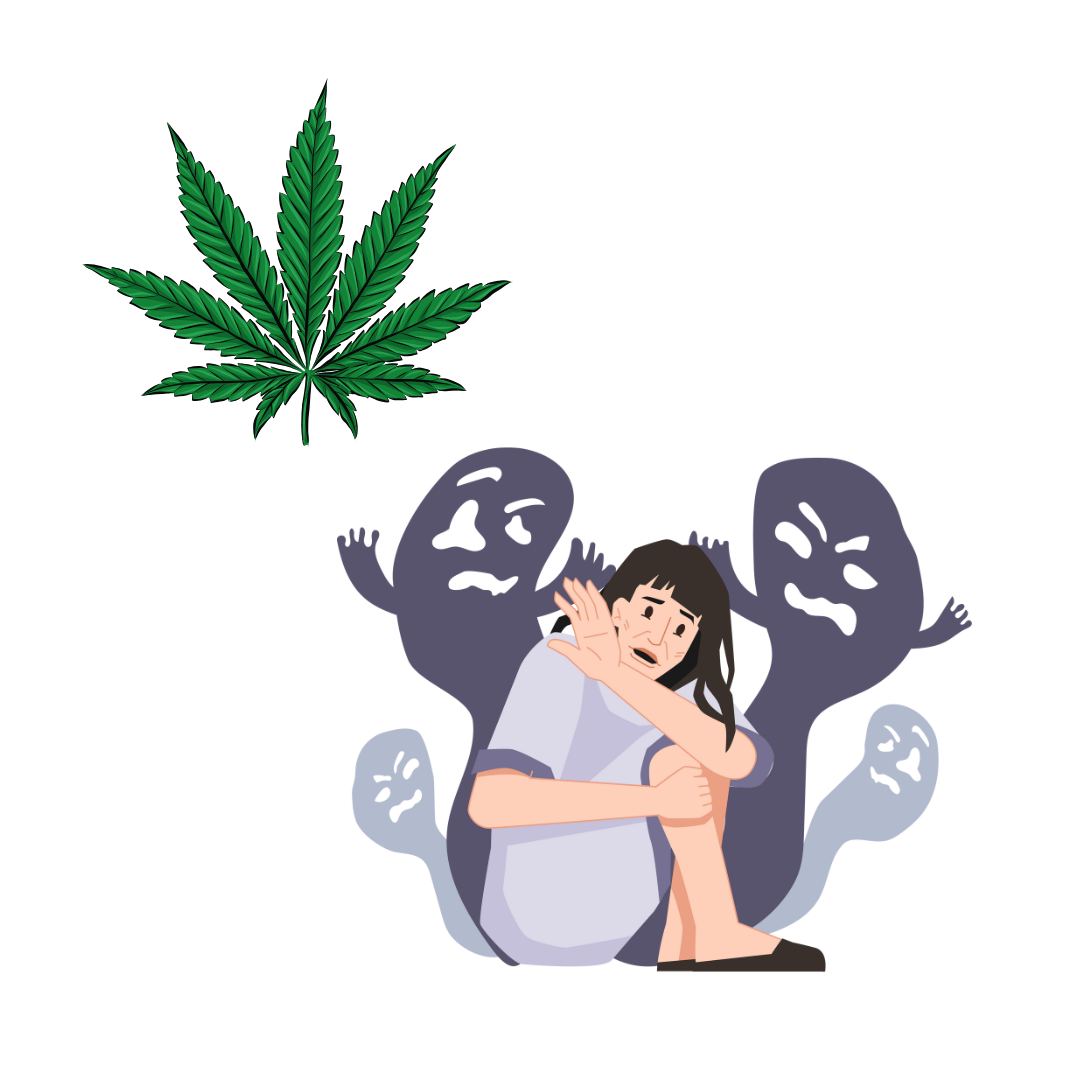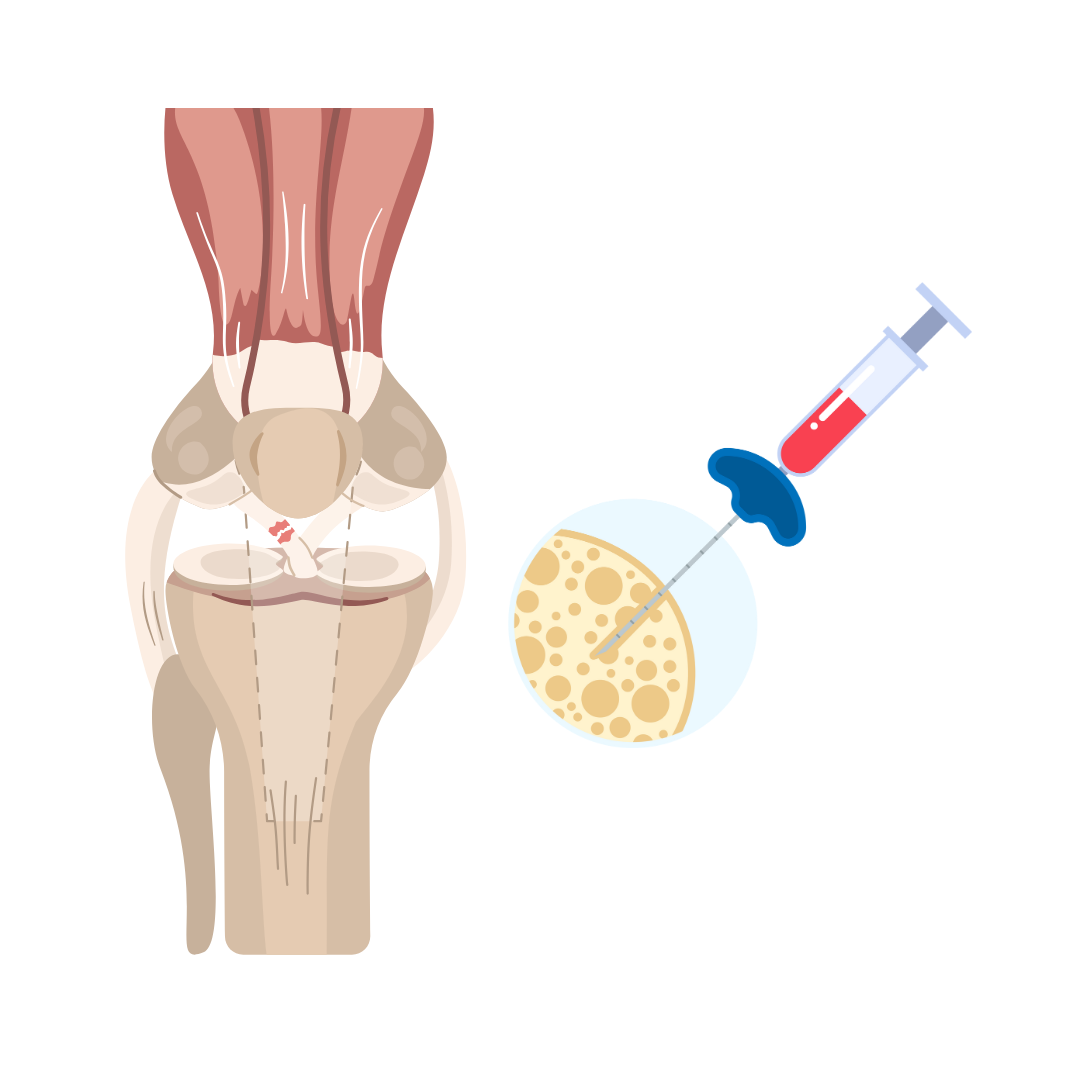Blog

AI-Powered Music Therapy: A Revolutionary Approach to Chronic Pain and the Opioid Crisis
The potential of AI-enhanced, neurotechnology-powered music therapy as an innovative approach to chronic pain management and addressing the opioid crisis. This article highlights how integrating artificial intelligence with neurotechnology can create personalized music therapy experiences, potentially reducing reliance on opioid medications for pain relief.
Read More
Harnessing Music Therapy for Chronic Pain: Neurological Mechanisms, Therapeutic Benefits
A 2017 study explored how music therapy can help manage chronic pain by engaging the brain’s reward system. Researchers found that listening to preferred music activates the nucleus accumbens, a key part of the brain linked to pleasure and pain relief. This activation was associated with a significant reduction in perceived pain intensity for some patients. The study also suggested that music therapy increases the release of natural pain-relieving chemicals, like endogenous opioids, which may help reduce reliance on opioid medications. Additionally, the research highlighted how music can improve mood, reduce stress, and provide a sense of control, making it a valuable, non-invasive tool for chronic pain management.
Read More
Karmy Clinic Explores Nerve Blocks in the Management of Fibromyalgia: A Case Report
This case report highlights a new approach to managing fibromyalgia-related pain using targeted nerve blocks. A 45-year-old woman with severe neck and shoulder pain saw significant relief after receiving weekly injections that numbed specific nerves. Her pain dropped from a 9 to a 2 on the pain scale, allowing her to move more easily and improve her daily life over six months. This suggests that nerve blocks may help reduce pain signals and improve symptoms in fibromyalgia patients, especially those with muscle-related pain. While more research is needed, this treatment could be a valuable option alongside other pain management strategies.
Read More
Cannabis Legalization Linked to Rise in Schizophrenia Cases
A new study from Ontario, Canada, suggests that cannabis legalization may be linked to a rise in schizophrenia cases, particularly among young men. Researchers found that hospital visits for cannabis use disorder (CUD) increased by 270% after legalization, and the proportion of schizophrenia cases associated with CUD nearly tripled. While the study does not prove that cannabis directly causes schizophrenia, experts warn that regular use—especially of high-potency strains—can worsen symptoms and lead to earlier onset in those predisposed to the condition. Public health experts emphasize the need for better awareness, as many people underestimate the risks of cannabis, thinking that its legal or medical status makes it completely safe. Like alcohol and tobacco, cannabis carries potential health consequences, and experts recommend ongoing research and education to help people make informed choices.
Read More
Can Your Own Bone Marrow Help Prevent Arthritis After ACL Surgery?
Researchers at the Hospital for Special Surgery in New York City are investigating whether concentrated bone marrow aspirate (cBMA), a therapy derived from a patient’s own bone marrow, can help reduce the risk of arthritis after ACL revision surgery. Many young athletes who suffer ACL injuries face a high chance of developing posttraumatic osteoarthritis (OA) years later, even after successful surgery. This study aims to see if cBMA can reduce inflammation, speed up recovery, and protect the knee joint from long-term damage. By tracking pain levels, inflammation markers, and knee function over two years, researchers hope to find a way to improve outcomes for patients at risk of developing arthritis after sports injuries.
Read More